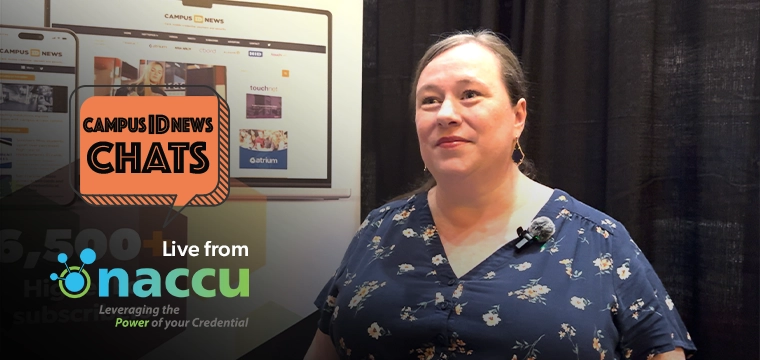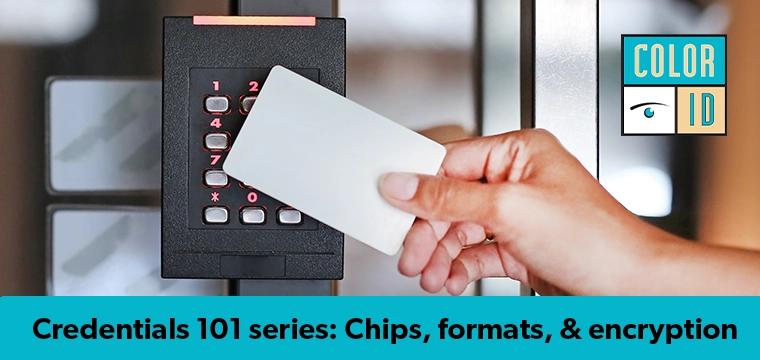How can we know if our hard work is paying off? If the time and dollars we are investing in our card programs are helping? There are several ways to monitor our success:
Perhaps the quickest, and often the most informative, means is to ask our target audience and evaluate their responses. Surveys are among the most cost-effective tools for direct response collection. And the advent of the Internet has created a great new vehicle for fast, efficient market research.
To learn how campuses are using the Internet to gauge student opinions and put to use the insight they gain, CR80News contacted Paul Tuennerman, President of SurveyStudents.com. Mr. Tuennerman’s company specializes in web-based surveying of college and university students. Their client list includes more than fifty campuses and they have collected data from more than 1 million students on hundreds of topics.
Tell us how a web survey works?
First, clearly delineate the purpose of the survey in plain English. Come up with the survey questions that will provide insight into this issue. Code the survey for the web and then send out an email invitation to visit the web address and complete the survey. On the backend, the data is collected and analyzed for reporting. The process is simple but the results can be very powerful.
Do students respond to these surveys or do they just delete them from their inboxes?
We have found that students are extremely receptive to web surveys. We average a 20-50% response rate within an extremely compressed time frame. If we tried to get those kinds of numbers in a traditional survey format, it could take weeks and costs tens of thousands of dollars.
Speaking of costs, how much does a web survey run?
This is something that a campus can do on their own for very little money if they have access to the IT resources and, if necessary, institutional research assistance. Our company typically charges $1500-$2000 to complete a survey from start to finish using our servers and technology.
Many of our clients have done it themselves in the past and found that the time required to align the campus resources simply did not meet the demands of their decision processes. We often go from question design to completed analysis in less than 10 days. That lets the decision maker get on with the work at hand.
When designing a web survey, how many questions will a student answer?
There are a couple of rules of thumb that we have learned over the years. First, no more than 35 questions should ever be included on the same survey. Next, don’t ask any questions that aren’t necessary (e.g. if you don’t need to know gender, don’t ask it). Limit the open ended questions—those that enable a written answer—to one or two and keep them at the end of the survey. And don’t make the users scroll down the page. If it gets too long, break the survey up into separate pages so the user doesn’t feel overwhelmed.
Give me a couple of examples of surveys that you have done that stand out?
We do a survey at the start of each semester for the dining services at Harvard where we ask students their preferences on things such as cereals, salad dressing, soft drinks, etc. The results are analyzed based on dining hall proximity and the items offered in each hall are customized based on the results. We recently completed a survey to review the numbers and reasons that students selected to utilize an off-campus bookstore rather than the on-campus location. This has resulted in some dramatic changes in marketing and strategic focus for the campus client.
How about questions that you would ask if you were a card program director?
Regardless of the topic area, in higher education I always view surveys as means to determine how a department can provide exemplary service. To do this, you need to know how your customers think you are doing currently and also what would define exemplary service to them. For card programs, I would investigate issues like why they do and do not use a particular service; how likely they would be to use a potential new service; how they perceive their interactions with the card office staff; which marketing vehicles they would be most likely to use for learning about card functions. There are literally hundreds of areas that, if understood, could help a campus to better target its efforts with regards to the card program.
Any closing thoughts?
You don’t have to use a firm like SurveyStudents.com to do this. But you need to do it. It is too important in this day and age of shrinking budgets and rising service demands to shoot in the dark. You need to have good data to back up your decisions and build your programs.
Special thanks to Paul Tuennerman, President, SurveyStudents.com for his assistance in the preparation of this article. Paul can be reached at 240-465-0705, paul@ surveystudents. com, www.surveystudents. com.




